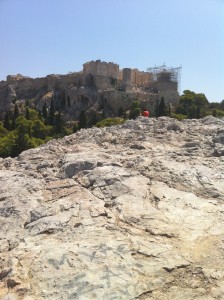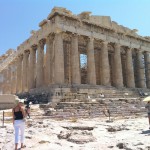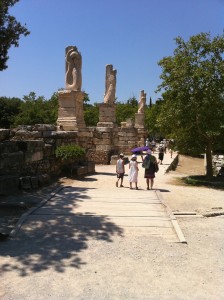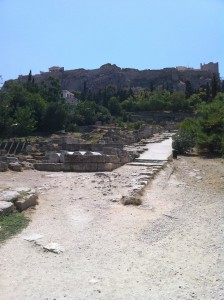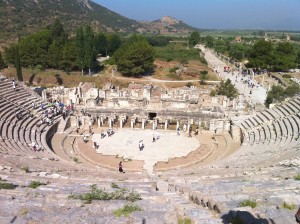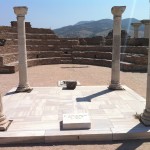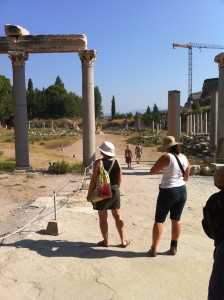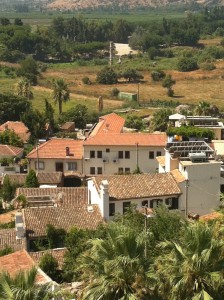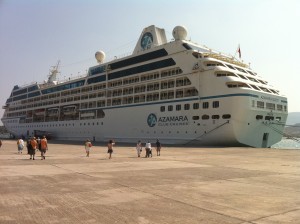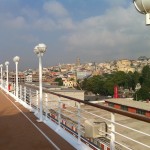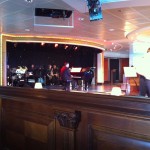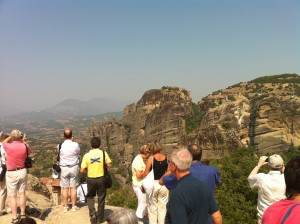Well, we are back home, and this Byzantine journey is completed. Each place we went, at one time, was part of the Byzantine Empire (with perhaps the exception of Odessa), a Christian empire that abided for 1,120 years, and, as the kingdom of God should do, brought the gospel to pagan lands, redeemed and elevated culture and left a residue of churches as evidence of the faith of the people who resided and still reside there today.
Since this is my last entry of this travel journal and I like lists, I wanted to rank the places we visited in order of preference. We enjoyed every port and that a place is listed near the bottom here is not a suggestion it’s not a great place to visit. It’s just that some places are “more great” than others.
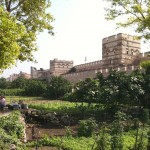
1. Istanbul, Turkey. We spent 4 days touring and as much as we saw I think we could have spent 4 more days and still not seen everything. Hagia Sophia, the Theodosian Wall and an unplanned visit to Ecumenical Patriarchate of Constantinople, were highlights.
2. Athens, Greece. Walking the path of the Apostle Paul from the Ancient Agora up to the Areopagus and standing where he delivered his Mars Hill sermon was inspiring. The visit to the Byzantine & Christian Museum at the end of the day was a fitting end to the trip.
3. Ephesus (Kusadasi), Turkey. Walking through these extensive ruins gives one a great feel for what Apostles Paul and John would have seen in the first century. The tomb of John, “the disciple whom Jesus loved” was also a highlight.
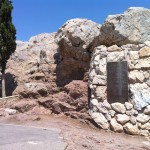
4. Cappadocia, Turkey. This has to be one of the strangest most fascinating places on earth. The frescos in caves inhabited by first century, and later Byzantine, Christians add the substance of history to the esthetic beauty of this place.
5. Sevastopol, Ukraine. The visit to Chersonesos where Vladimir I was baptized bumped Sevastopol up the list a few notches.
6. Nessebar, Bulgaria. There are a number of Byzantine era churches on this little peninsula, which, combined with interesting shops and restaurants, made this a wonderful day trip.
7. Odessa, Ukraine. Beautiful period architecture. We enjoyed the old city and Architectural Museum but would have enjoyed the museum more with air conditioning.
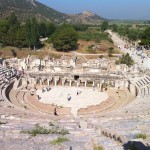
8. Volos, Greece. We didn’t get to visit the actual city of Volos, which may have been very nice. Meteora was fascinating (Byzantine monasteries on top of mountains), but we had to drive 2 hours to get there and that is all we saw in an 8-hour day.
9. Yalta, Ukraine. The scenery is terrific and the Yalta boardwalk is wonderful, but when you have temperatures of 95-100 degrees, the dearth of air conditioning detracts from the experience for us pampered Westerners. Old guys treading the boardwalk in nothing but Speedos and flip-flops is also a negative. Not a Kodak moment. That said, there is a huge potential in Yalta for Western tourism. GS

